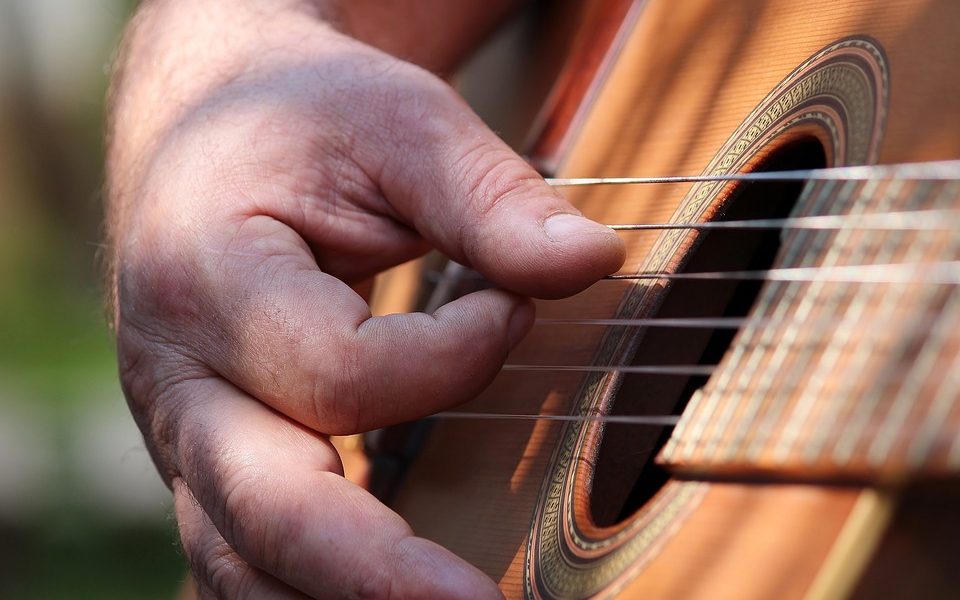Choosing the Right Guitar: A Beginner’s Guide to Understanding Different Types
Choosing the Right Guitar: A Beginner’s Guide to Understanding Different Types
As a beginner guitarist, one of the most important decisions you will make is choosing the right guitar. With so many options available, it can be overwhelming to know where to start. In this article, we will break down the different types of guitars and help you understand which one is best suited for your needs.
Acoustic vs. Electric Guitars
The first decision you will need to make is whether you want an acoustic or electric guitar. Acoustic guitars produce sound through the vibration of the strings, which is amplified by the hollow body of the guitar. They are often used for playing folk, country, and singer-songwriter music.
Electric guitars, on the other hand, require an amplifier to produce sound. They have a thinner body and are usually played with a pick. Electric guitars are popular in rock, metal, and pop music.
When deciding between an acoustic and electric guitar, consider the type of music you want to play and your budget. Acoustic guitars are generally cheaper and easier to transport, while electric guitars offer more versatility in sound.
Body Type
Acoustic guitars come in various body types, each with its own sound and playability. The most common body shapes are dreadnought, concert, and parlor. Dreadnought guitars have a larger body and produce a louder, fuller sound, making them ideal for strumming and flatpicking. Concert guitars have a smaller body and are easier to hold, making them great for fingerstyle playing. Parlor guitars are the smallest body type and are perfect for intimate performances.
Electric guitars also come in different body shapes, such as the classic Stratocaster and Les Paul designs. Each body shape offers a unique feel and sound, so try out a few different shapes to see which one suits you best.
Neck Profile
The neck profile of a guitar refers to the thickness and shape of the neck. This can greatly affect the playability of the instrument. There are three main neck profiles: C-shaped, V-shaped, and U-shaped. C-shaped necks are the most common and are considered comfortable for most players. V-shaped necks have a more pronounced curve, which some players find easier to grip. U-shaped necks have a thicker profile and are best suited for players with larger hands.
When choosing a guitar, make sure to test out the neck profile to see which one feels most comfortable to you. Remember, a comfortable neck profile can greatly improve your playing experience.
Scale Length
The scale length of a guitar refers to the distance between the nut and bridge. A longer scale length results in tighter string tension and can make playing more difficult for beginners. Shorter scale lengths are often easier to play and are recommended for beginners. Acoustic guitars typically have a longer scale length than electric guitars, so keep this in mind when making your decision.
Tonewood
The type of wood used in a guitar can greatly affect its tone. Common tonewoods include mahogany, spruce, cedar, and maple. Mahogany is known for its warm, rich sound, while spruce provides a bright, crisp tone. Cedar is often used for classical guitars and offers a mellow sound. Maple is a dense wood that produces a bright, clear tone.
When choosing a guitar, consider the type of music you want to play and the tone you prefer. Different tonewoods will produce different sounds, so make sure to test out a few guitars to find the one that best suits your style.
Conclusion
Choosing the right guitar is a personal decision that will greatly impact your playing experience. Consider factors such as acoustic vs. electric, body type, neck profile, scale length, and tonewood when making your decision. It’s also important to test out a few different guitars before making your final choice. With the right guitar in hand, you’ll be well on your way to becoming a skilled guitarist.






